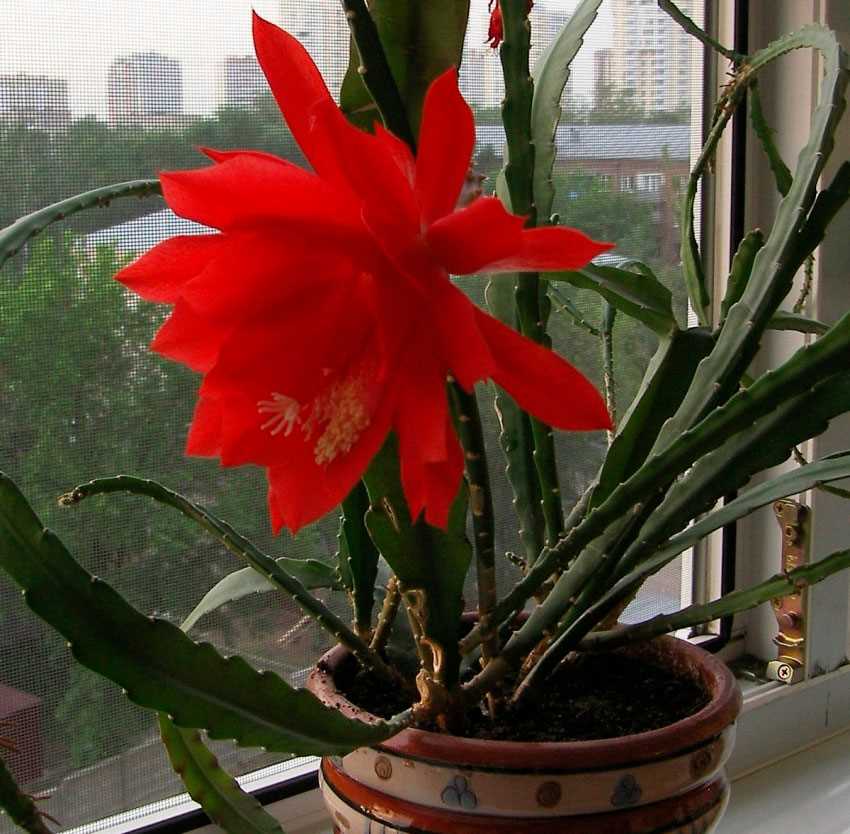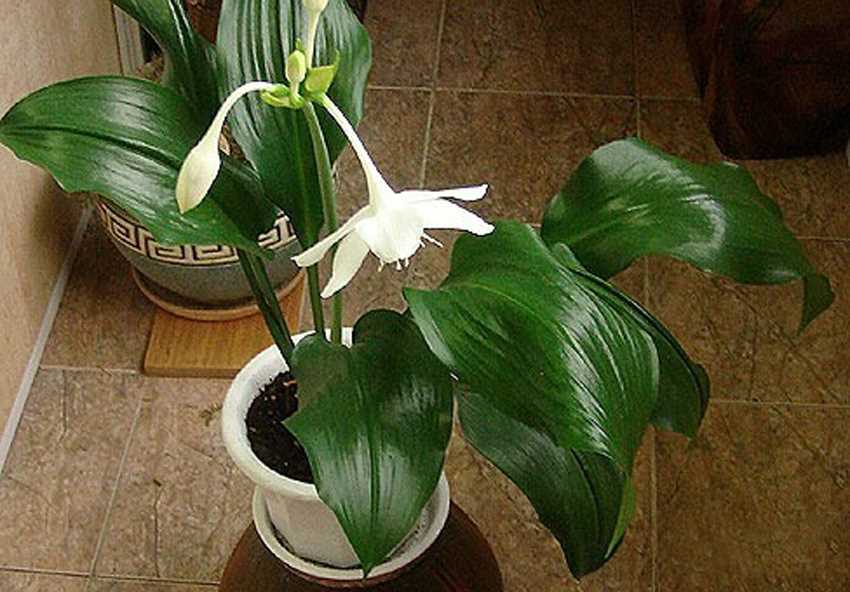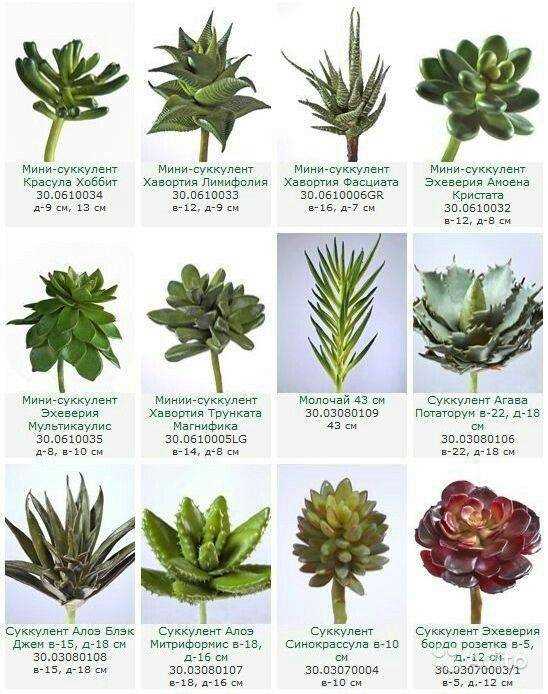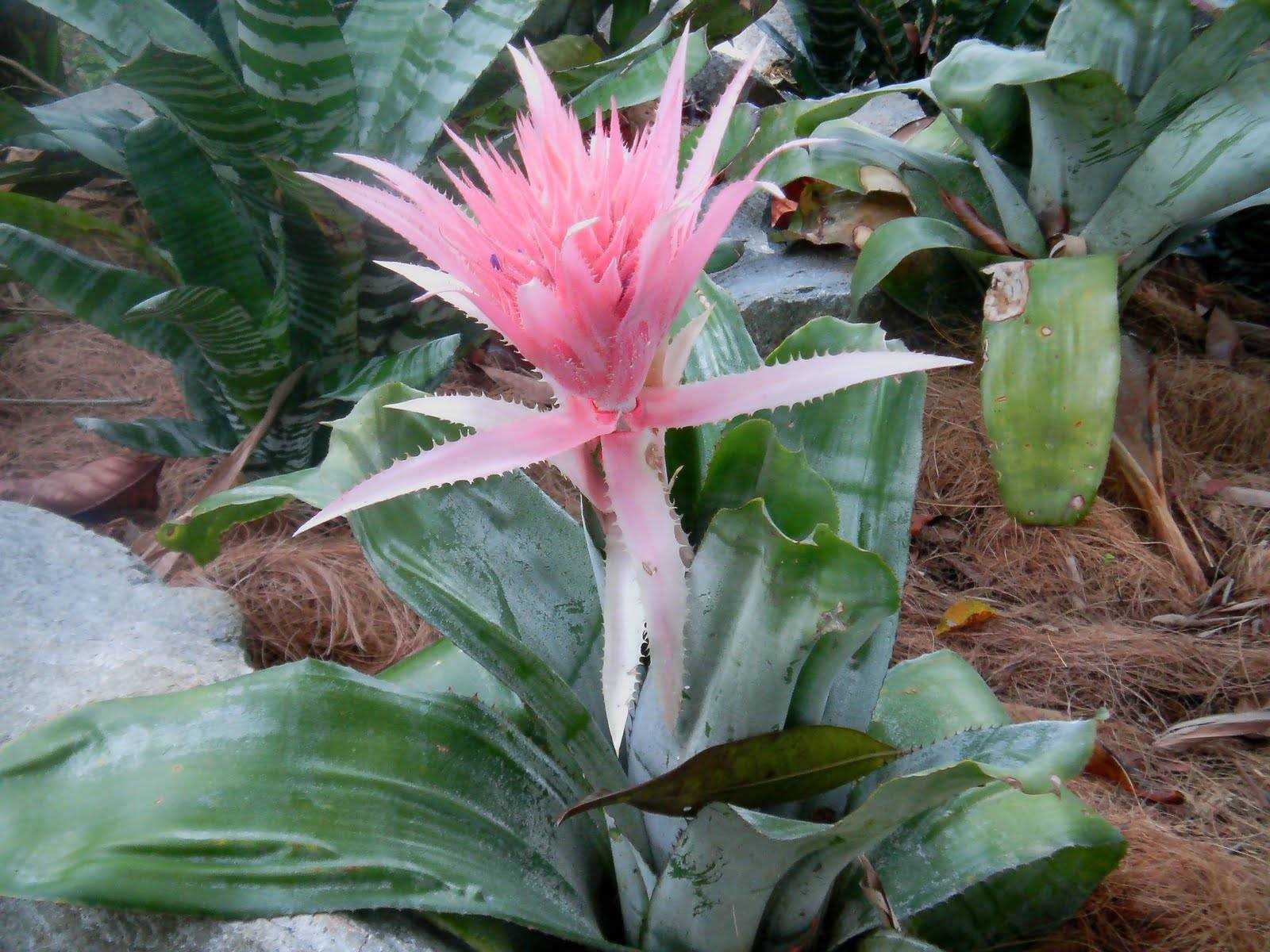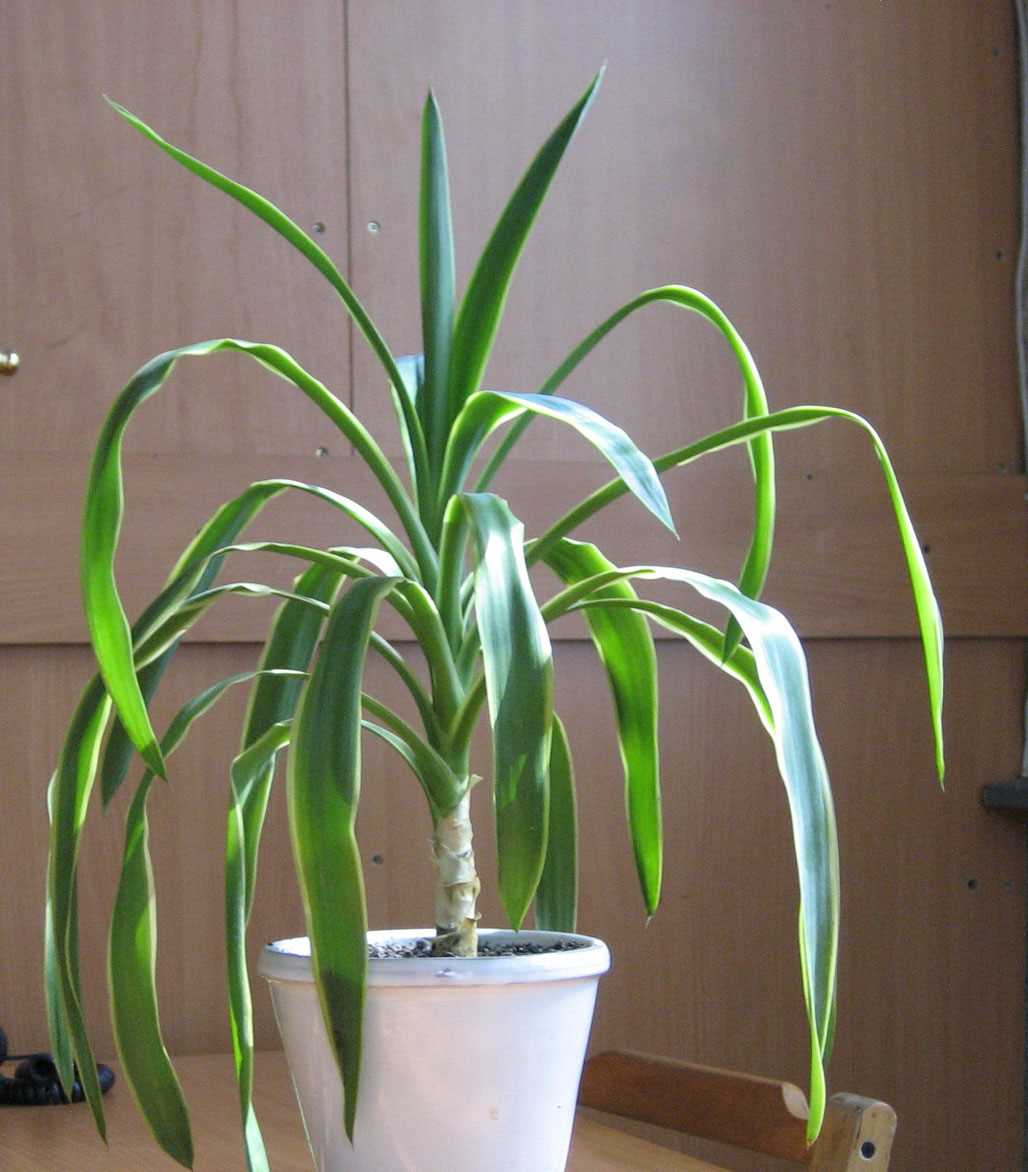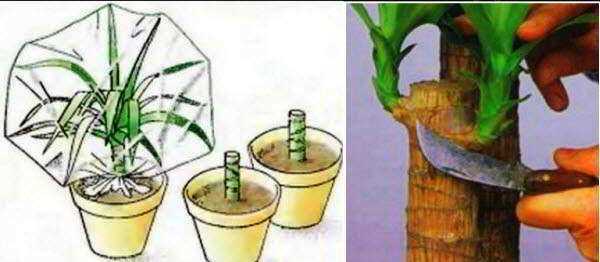- Проблемы с листьями у фикуса Бенджамина
- 1. Пожелтение и опадение листьев
- 2. Бурые пятна и пятна красного цвета
- 3. Сухие и увядающие листья
- Почему фикус Бенджамина сбрасывает листья?
- Неправильный полив фикуса Бенджамина
- Недостаток освещения
- Чрезмерное или недостаточное удобрение
- Пониженная влажность воздуха
- Неправильная температура
- Нападение вредителей и болезней
- Профилактика нападения вредителей и болезней:
- Резкая смена условий содержания
- Неправильное обрезание растения
- Старение и естественная потеря листьев
- Стрессовые ситуации для фикуса Бенджамина
- 1. Недостаток влаги
- 2. Избыток влаги
- 3. Недостаток света
- 4. Резкое изменение условий
- Недостаток питательных веществ
- Вопрос-ответ:
- Почему у моего фикуса Бенджамина выпадают листья?
- Мой фикус Бенджамина растет в полутени, может ли это быть причиной сброса листьев?
- Какие условия оптимальны для выращивания фикуса Бенджамина и чтобы листья не сбрасывались?
- Я часто путаю фикус Бенджамина с другими видами фикуса. Как понять, что именно у меня растет?
Фикус Бенджамина (Ficus benjamina), или бенджамин – это один из самых популярных комнатных растений, которое часто выращивают в качестве декоративной зелени. Но что делать, если ваш фикус начал сбрасывать листья? В этой статье мы рассмотрим основные причины, по которым фикус Бенджамина может терять свои листья, и постараемся найти пути их предотвращения.
Во-первых, одной из самых распространенных причин сбрасывания листьев у фикуса Бенджамина является переувлажнение почвы. Это растение предпочитает умеренно влажную почву, но не переносит застоя влаги в корневой системе. Если вы часто и обильно поливаете фикус, то это может привести к гниению корней и, как следствие, к сбрасыванию листьев. Чтобы предотвратить это, регулируйте полив, ориентируясь на состояние почвы и подставляйте горшок на подставку с водой, чтобы корни не оказывались в постоянной влаге.
Во-вторых, фикус Бенджамина чувствителен к изменениям температуры. Резкие колебания температуры или сквозняки могут вызывать стресс у растения и привести к сбрасыванию листьев. Чтобы избежать этого, старайтесь держать растение в месте, где температура будет стабильной и не будет подвергаться резким изменениям. Также стоит избегать расположения фикуса вблизи кондиционеров или отопительных приборов.
В-третьих, фикус Бенджамина – светолюбивое растение. Недостаток освещения или слишком яркий прямой солнечный свет могут также стать причиной сбрасывания листьев. Растение нуждается в достаточном количестве diffused света, поэтому разместите его в помещении, где есть окна или используйте дополнительное освещение в виде фитолампы. Однако избегайте прямого солнечного света, чтобы избежать ожогов на листьях.
Проблемы с листьями у фикуса Бенджамина
Фикус Бенджамина — популярное растение, часто встречающееся в домах и офисах. Однако иногда у него могут возникать проблемы с листьями, что вызывает беспокойство у садоводов и цветоводов.
1. Пожелтение и опадение листьев

Одна из самых распространенных проблем с фикусом Бенджамина — пожелтение и опадение листьев. Это может происходить по разным причинам. Например, растение может получать недостаточное количество света или же слишком обильный полив.
Чтобы решить данную проблему, необходимо обеспечить растению достаточное количество света и правильный режим полива. Если освещение недостаточное, растение можно переместить в более светлое место, а в случае избыточного полива следует уменьшить его количество.
2. Бурые пятна и пятна красного цвета
Еще одной распространенной проблемой у фикуса Бенджамина являются бурые пятна на листьях или пятна красного цвета. Это может быть вызвано различными факторами, включая грибковые и бактериальные инфекции, а также насекомыми-вредителями.
Для борьбы с этими проблемами необходимо провести диагностику и определить их точное происхождение. В случае инфекций часто требуется применение специальных препаратов, а в случае насекомых-вредителей может понадобиться использование инсектицидов.
3. Сухие и увядающие листья
Сухие и увядающие листья также могут быть признаком проблем у фикуса Бенджамина. Это может быть результатом неправильного полива, недостатка влаги или слишком сухого воздуха.
Чтобы избежать данной проблемы, необходимо регулярно проверять влажность почвы и поддерживать ее на оптимальном уровне. Также рекомендуется обеспечить растению достаточную влажность воздуха, для чего можно использовать увлажнители или регулярно опрыскивать листья водой.
Почему фикус Бенджамина сбрасывает листья?
1. Условия содержания. Одной из основных причин сбрасывания листьев у фикуса Бенджамина являются неподходящие условия содержания растения. Недостаток света, неправильный режим полива или низкая влажность воздуха могут привести к стрессу для растения, что в результате может вызвать сбрасывание листьев.
2. Неправильный полив. Фикус Бенджамина нуждается в регулярном поливе, но при этом не переносит застоя влаги. Переувлажненная почва может привести к гниению корней, что негативно сказывается на здоровье их растения. При недостатке полива фикус также может сбрасывать листья из-за иссушения.
3. Низкая влажность воздуха. Фикус Бенджамина предпочитает высокую влажность воздуха, и недостаток ее может стать причиной сбрасывания листьев. В особенности это актуально для периодов отопительного сезона, когда воздух в помещении сушится. Для решения этой проблемы можно использовать увлажнители воздуха или регулярно опрыскивать фикус.
4. Сезонное изменение. Фикус Бенджамина, как и многие другие растения, может сбрасывать листья в определенный период времени, связанный с изменением сезонов. В осенне-зимний период фикус может сбрасывать старые листья и готовиться к новому циклу роста и развития.
5. Заболевания и вредители. Наличие паразитов или заболеваний также может стать причиной сбрасывания листьев у фикуса Бенджамина. Если растение страдает от вредителей, таких как щитовка или паутинный клещ, или поражено грибковыми или бактериальными инфекциями, то оно может реагировать сбрасыванием листьев.
Неправильный полив фикуса Бенджамина

Фикус Бенджамина, или фикус крылатый, является популярным комнатным растением, однако его внушительные густые зеленые листья могут начать сбрасываться из-за неправильного полива.
Одной из основных причин, почему фикус Бенджамина сбрасывает листья, является его переувлажнение. Это растение требует умеренного полива, поэтому излишне обильный полив может привести к гниению корней и развитию грибковых инфекций.
Другой ошибкой при поливе фикуса Бенджамина является использование холодной воды или пониженной температуры помещения. Холодная вода может вызвать стресс для растения, что приводит к сбрасыванию листьев.
Не менее важным аспектом является правильная частота полива. Фикус Бенджамина нуждается в достаточном количестве влаги, но не переносит застоя влаги в грунте. Это может привести к развитию гнили корней, в результате чего растение начинает сбрасывать листья.
Чтобы избежать этих проблем, рекомендуется поливать фикус Бенджамина умеренно, поддерживая постоянную влажность грунта, но не допуская его пересыхания или переувлажнения. Также важно использовать комнатную температуру воды и контролировать влажность в помещении, где находится растение.
В следующей части рассмотрим другие причины сброса листьев у фикуса Бенджамина.
Недостаток освещения
Один из основных факторов, который вызывает сброс листьев у фикуса Бенджамина, — это недостаток освещения. Этот вид растения является любителем яркого света и нуждается в достаточном количестве солнечного света для нормального роста и развития. Если растение находится в месте с недостаточным освещением, то оно начинает терять листья.
Недостаток освещения может быть вызван различными причинами. Например, фикус Бенджамина может находиться в помещении с маленькими окнами или с теневыми углами, где попадает небольшое количество света. Также, причиной может являться неправильное размещение растения в комнате, когда оно стоит далеко от окна или находится в тени других растений.
В результате недостатка освещения, фикус Бенджамина начинает терять листья, так как он не получает достаточного количества света для фотосинтеза. В этом случае растение пытается сохранить свою энергию и ресурсы, сбрасывая лишние листья.
Чтобы избежать недостатка освещения и сброса листьев у фикуса Бенджамина, необходимо обеспечить растению достаточно света. Расположите его поближе к окну или использовать искусственное освещение, например, лампы для растений. Также, регулярно проверяйте уровень освещения в помещении и при необходимости перемещайте растение в более яркое место.
Чрезмерное или недостаточное удобрение

Чрезмерное или недостаточное удобрение – одна из частых причин сброса листьев у фикуса Бенджамина. Удобрения являются важным элементом заботы о растении, но их неправильное применение может привести к негативным последствиям.
Если растение получает слишком много удобрений, это может вызвать переусыщение питательными веществами. Это может привести к обжигу корней и нарушению водного и минерального обмена в растении. Как результат, фикус Бенджамина может начать сбрасывать листья в попытке избавиться от избытка питательных веществ.
С другой стороны, недостаток удобрений также может вызывать проблемы. Если растение не получает достаточно питательных веществ, его рост может замедлиться, листья могут пожелтеть и опадать. В этом случае, растение нуждается в дополнительном питании.
Чтобы избежать проблем с удобрениями, важно правильно регулировать их количество и частоту применения. Рекомендуется следовать инструкциям на упаковке удобрений и учитывать потребности конкретного фикуса Бенджамина.
Пониженная влажность воздуха

Одной из причин сбрасывания листьев у фикуса Бенджамина является пониженная влажность воздуха. Это может происходить в основном в зимний период или в помещениях с центральным отоплением.
Фикус Бенджамина – тропическое растение, и для его нормального роста и развития требуется высокая влажность воздуха. При недостатке влаги, листья начинают сушиться и выпадать.
Для решения проблемы пониженной влажности воздуха можно использовать различные методы. Один из них – регулярное опрыскивание растения мягкой водой. Опрыскивать фикус следует не только листья, но и ствол, так как на них также могут образоваться сухие пятна.
Также рекомендуется использовать увлажнитель воздуха, особенно в зимний период, когда отопление работает на полную мощность. Увлажнитель поможет создать комфортные условия с заданной влажностью воздуха в помещении, что будет полезно не только для растения, но и для здоровья людей.
Неправильная температура
Фикус Бенджамина является растением, которое требует определенной температуры для своего нормального развития и роста. Если температура вокруг растения слишком низкая или слишком высокая, это может привести к сбросу листьев.
Так стоп!!! Вы всё ещё не подписаны на наши каналы в Телеграмм и Дзен? Посмотрите: ТГ - (@historyfantasydetectivechat) и Дзен (https://dzen.ru/myshortsstorys)
Если температура слишком низкая, растение может испытывать стресс и реагировать на это сбросом своих листьев. Низкие температуры могут замедлить метаболические процессы в растении и вызвать заморозки листьев, что приводит к их отмиранию.
С другой стороны, слишком высокая температура также может быть причиной сброса листьев у Фикуса Бенджамина. Высокие температуры могут вызвать перегрев растения, что приводит к увяданию и сбросу его листьев.
Идеальная температура для Фикуса Бенджамина составляет примерно 20-25 градусов Цельсия днем и 16-18 градусов Цельсия ночью. Важно поддерживать стабильную температуру вокруг растения, чтобы избежать его стресса и сброса листьев.
Нападение вредителей и болезней

Нападение вредителей и болезней может быть одной из причин сброса листьев у фикуса Бенджамина. Это растение подвержено атакам различных насекомых, которые питаются его листьями и стеблями.
Одним из наиболее распространенных вредителей фикуса Бенджамина является паутинный клещ. Этот маленький паразит покрывает листва растения тонкой сетью паутины и питается клетками растения. В результате фикус начинает терять листья и выглядеть неухоженным.
Еще одним вредителем, который может атаковать фикус Бенджамина, является белокрыльниковая муха. Ее личинки питаются листьями и корневой системой растения. При значительном поражении листья растения желтеют и опадают.
Кроме насекомых, фикус Бенджамина также подвержен различным грибковым и бактериальным инфекциям. На листьях и стеблях растения могут появляться пятна, гниль, плесень и другие признаки заболевания. В результате растение теряет свою зеленую массу и становится слабым.
Для борьбы с вредителями и болезнями необходимо применять соответствующие меры защиты, такие как обработка растения инсектицидами, регулярное удаление пораженных листьев и создание благоприятных условий для роста и развития фикуса Бенджамина.
Профилактика нападения вредителей и болезней:
- Регулярно осматривайте растение и наблюдайте за его состоянием.
- Удаляйте пораженные листья и стебли и уничтожайте их.
- Поддерживайте оптимальные условия для роста фикуса Бенджамина, такие как умеренное поливание, хорошее освещение и забота о температурных условиях.
- Применяйте инсектициды и противогрибковые препараты при необходимости и с соблюдением инструкций по применению.
Резкая смена условий содержания
Фикус Бенджамина – растение, которое требует определенных условий для нормального роста и развития. Резкая смена этих условий может привести к сбросу листьев. Одним из основных факторов, вызывающих смену условий содержания, является изменение температуры.
Когда растение переживает резкое понижение или повышение температуры, оно может отказаться от некоторых листьев, чтобы сохранить энергию и адаптироваться к новым условиям. Также влияние на сброс листьев может оказывать изменение влажности воздуха и освещенности.
Если фикус Бенджамина перенес перемещение из одного места в другое, например, из сада в дом, то это также может стать причиной сброса листьев. Перемещение в новое место с другими характеристиками окружающей среды требует акклиматизации и адаптации растения.
Кроме того, резкое изменение условий содержания может быть связано с неправильным уходом за растением. Недостаток полива, неправильное режим полива или применение некачественной воды – все это может вызвать стресс у фикуса Бенджамина и привести к сбросу листьев.
Итак, резкая смена условий содержания – это одна из основных причин сброса листьев у фикуса Бенджамина. Важно заботиться о растении, создавая для него оптимальные условия и избегая резких изменений в окружающей среде.
Неправильное обрезание растения

Одной из самых распространенных причин сброса листьев у фикуса Бенджамина является неправильное обрезание растения. Когда растение обрезают неправильно, это может вызвать стресс и привести к потере листьев.
Неправильное обрезание может проявляться в нескольких формах. Во-первых, слишком сильное обрезание может удалить слишком много листвы, что приводит к утрате питательных веществ и снижению общей здоровости растения.
Во-вторых, неправильный угол обрезки может вызвать образование большого количества новых отростков. Это может потребовать больше энергии и ресурсов от растения, что может привести к сбросу некоторых старых листьев.
Наконец, обрезание растения в неправильное время может быть также причиной сброса листьев. Некоторые растения имеют определенное время года, когда лучше всего обрезать их. Если обрезать фикус Бенджамина в неподходящее время, это может вызвать стресс и сброс листьев.
Старение и естественная потеря листьев
Одной из причин сброса листьев у фикуса Бенджамина является естественный процесс старения растения. Как и у любого живого организма, у фикуса Бенджамина есть свой жизненный цикл, который включает в себя и период старения.
По мере того как растение стареет, его листья теряют свою энергичность и функциональность. Старые листья не могут обеспечить достаточное количество питательных веществ для всего растения, поэтому они сбрасываются, чтобы освободить ресурсы для новых, молодых листьев.
Естественная потеря листьев также может происходить по сезонам. В холодное время года, когда освещение и температура снижаются, растение может сбросить свои листья, чтобы снизить потерю влаги и сохранить энергию. По мере того как наступает теплое время года, фикус Бенджамина может начать активно расти и развиваться, покрывая себя новыми зелеными листьями.
Важно понимать, что старение и естественная потеря листьев не являются признаками болезни или плохого состояния растения. Это естественные процессы, которые происходят со многими древесными растениями, включая фикус Бенджамина.
Стрессовые ситуации для фикуса Бенджамина

Фикус Бенджамина является растением, которое отлично растет в комфортных условиях и не требует особого ухода. Однако, как и все живые существа, фикус подвержен стрессовым ситуациям, которые могут привести к сбросу листьев.
1. Недостаток влаги
Одной из самых распространенных причин стресса для фикуса Бенджамина является недостаток влаги. Если растение не получает достаточное количество влаги, листья начинают желтеть и опадать. Чтобы избежать этой ситуации, регулярно поливайте растение, особенно в периоды активного роста.
2. Избыток влаги
Несмотря на то, что фикус Бенджамина любит влажность, избыток влаги может быть также стрессовым для него. Переувлажнение почвы может привести к гниению корней и развитию грибковых заболеваний. Одним из признаков избытка влаги является пожелтение и опадание листьев. Убедитесь, что почва в горшке хорошо дренирована и не оставляйте воду в поддоне после полива.
3. Недостаток света
Фикус Бенджамина предпочитает яркий, но рассеянный свет. Если растение находится в тени или получает недостаточное количество света, это может вызвать стресс и сброс листьев. Размещайте фикус в месте, где он будет получать достаточное количество света, но избегайте прямых лучей солнца, которые могут вызвать ожоги на листьях.
4. Резкое изменение условий
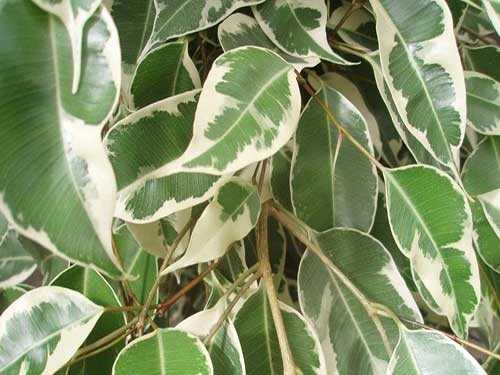
Фикус Бенджамина – растение, привыкшее к стабильным условиям. Резкое изменение температуры, влажности или освещенности может вызвать стресс и сброс листьев. Если вы решите переместить растение в другое место, процедуру следует проводить постепенно, давая фикусу приспособиться к новым условиям.
Важно понимать, что фикус Бенджамина может сбросить листья из-за стресса, но это не всегда говорит о серьезных проблемах с растением. Однако, если сброс листьев сопровождается другими признаками, такими как болезненный цвет, гниение ствола или корней, это может указывать на более серьезные проблемы и требовать вмешательства.
Недостаток питательных веществ
Одной из причин, по которой фикус Бенджамина сбрасывает листья, может быть недостаток питательных веществ. Фикус Бенджамина требует определенного количества питания, чтобы поддерживать свое здоровье и рост. Если почва, в которой выращивается растение, не содержит достаточного количества питательных веществ, это может привести к голым ветвям и сбрасыванию листьев.
Питательные вещества включают в себя различные макро- и микроэлементы, такие как азот, фосфор, калий, железо и многие другие. Они необходимы для обеспечения нормального функционирования растения, его роста и развития. Недостаток определенных элементов может привести к заболеваниям растения и его ослаблению, что может проявиться в сбрасывании листьев.
Для предотвращения недостатка питательных веществ необходимо обеспечить растение правильным уровнем удобрений. Удобрения могут быть органическими или минеральными. Органические удобрения, такие как перегной, компост или органические удобрения, могут помочь дополнить почву необходимыми питательными веществами. Минеральные удобрения, содержащие различные элементы, могут быть использованы для более точного регулирования и поддержания правильного баланса питательных веществ.
Однако важно помнить, что избыток питательных веществ также может негативно повлиять на здоровье фикуса Бенджамина и привести к другим проблемам, таким как ожоги, искривление листьев и нарушение цветения. Поэтому важно соблюдать правильное дозирование удобрений и соблюдать рекомендации по их применению.
Вопрос-ответ:
Почему у моего фикуса Бенджамина выпадают листья?
У фикуса Бенджамина могут выпадать листья по разным причинам. Возможно, причина в недостатке света, нехватке влаги или неправильном поливе. Также, листья могут выпадать из-за непригодной почвы или из-за перепадов температуры. Необходимо проанализировать условия содержания растения и принять меры для устранения возможной причины.
Мой фикус Бенджамина растет в полутени, может ли это быть причиной сброса листьев?
Да, полутень может быть одной из причин сброса листьев у фикуса Бенджамина. Данный вид растения предпочитает яркий, но разбитый свет, поэтому если растение находится в полутени, то оно может не получать достаточного количества света, что негативно сказывается на здоровье растения и вызывает сброс листьев.
Какие условия оптимальны для выращивания фикуса Бенджамина и чтобы листья не сбрасывались?
Для выращивания фикуса Бенджамина и предотвращения сброса листьев необходимо обеспечить растению яркий, но разбитый свет. Оно предпочитает умеренное поливание, не перенося лишнюю влагу. Также, желательно поддерживать температуру в помещении от 18 до 24 градусов Цельсия и обеспечивать регулярный воздухообмен.
Я часто путаю фикус Бенджамина с другими видами фикуса. Как понять, что именно у меня растет?
Отличить фикус Бенджамина от других видов можно по его основным характеристикам. Фикус Бенджамина имеет глянцевые, темно-зеленые, овальные листья с острым концом и светлыми прожилками. Также, у него часто наблюдаются воздушные корни и ветви, образующие своеобразный шлейф. Если у вас есть сомнения, лучше обратиться к опытному цветоводу или изучить фотографии разных видов фикуса.

